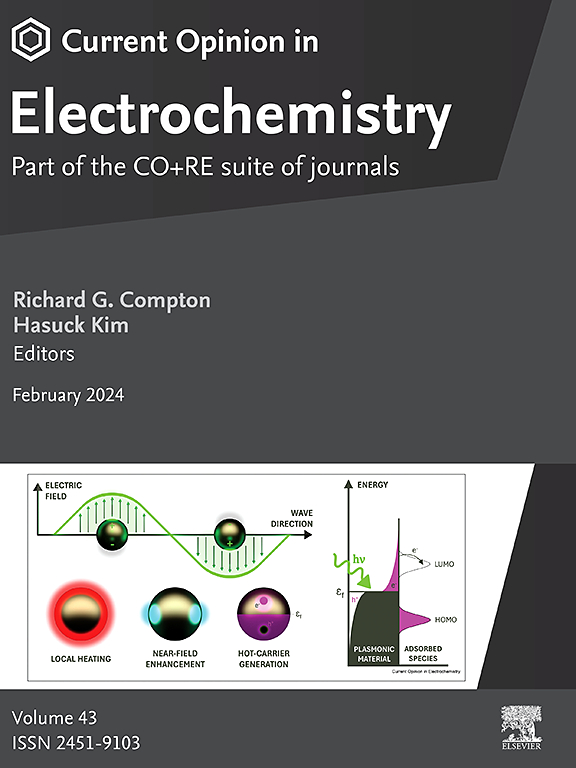用于水电解及其他领域的下一代等离子喷涂电极:最新进展和未来方向
IF 6.9
2区 化学
Q1 CHEMISTRY, PHYSICAL
引用次数: 0
摘要
传统的工业碱性电解电极使用等离子体喷射沉积不能生产和维持苛刻的性能要求,以实现经济目标。最先进的实验室规模的碱性电解配置可以实现这些更高的性能;然而,由于其复杂的电极结构和生产方法,往往在扩大规模方面受到实际限制。经过行业验证和信任,等离子喷涂为大规模制造这些下一代电极提供了一种实用且经济高效的方法。本文综述了等离子喷涂电极的最新进展,包括其在形成活性催化剂层和多孔传输层方面的应用。我们还强调了如何将这些发现转移到其他工业过程电极的开发中。这篇综述旨在为未来的研究提供途径,展示如何利用最新的等离子喷涂技术大规模复制新型实验室规模的电极。本文章由计算机程序翻译,如有差异,请以英文原文为准。
Next-generation plasma-sprayed electrodes for water electrolysis and beyond: Recent advances and future directions
Conventional industrial alkaline water electrolysis electrodes made using plasma spray deposition are unable to produce and sustain the demanding performance requirements needed to achieve economic targets. State-of-the-art lab-scale alkaline electrolysis configurations can achieve these higher performances; however, given their complex electrode architecture and production methods, often suffer from practical limitations regarding scale-up. Proven and trusted by industry, plasma spraying offers a pragmatic and cost-effective method for fabricating these next-generation electrodes at scale. This review explores the most recent advances in plasma-sprayed electrode development, covering its use to form both the active catalyst layer and the porous transport layer. We also highlight how these findings can be transferred to benefit the development of other industrial process electrodes. This review aims to provide pathways for future research, showing how novel lab-scale electrodes can be replicated at scale, with the latest in plasma-spray technology.
求助全文
通过发布文献求助,成功后即可免费获取论文全文。
去求助
来源期刊

Current Opinion in Electrochemistry
Chemistry-Analytical Chemistry
CiteScore
14.00
自引率
5.90%
发文量
272
审稿时长
73 days
期刊介绍:
The development of the Current Opinion journals stemmed from the acknowledgment of the growing challenge for specialists to stay abreast of the expanding volume of information within their field. In Current Opinion in Electrochemistry, they help the reader by providing in a systematic manner:
1.The views of experts on current advances in electrochemistry in a clear and readable form.
2.Evaluations of the most interesting papers, annotated by experts, from the great wealth of original publications.
In the realm of electrochemistry, the subject is divided into 12 themed sections, with each section undergoing an annual review cycle:
• Bioelectrochemistry • Electrocatalysis • Electrochemical Materials and Engineering • Energy Storage: Batteries and Supercapacitors • Energy Transformation • Environmental Electrochemistry • Fundamental & Theoretical Electrochemistry • Innovative Methods in Electrochemistry • Organic & Molecular Electrochemistry • Physical & Nano-Electrochemistry • Sensors & Bio-sensors •
 求助内容:
求助内容: 应助结果提醒方式:
应助结果提醒方式:


